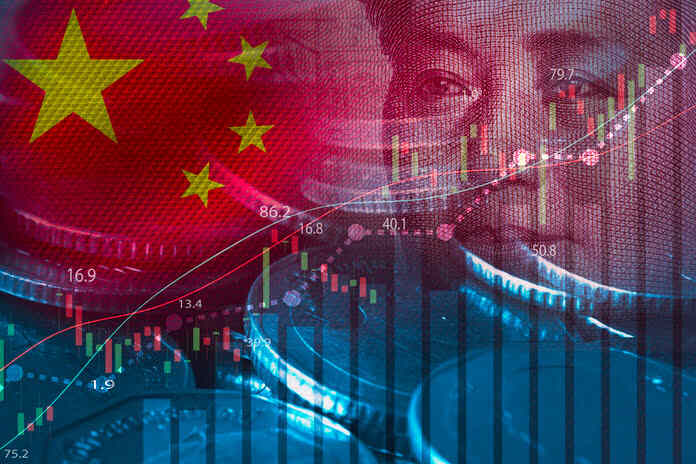China’s central bank decided on Monday to keep a key lending rate unchanged, opting not to loosen credit despite ongoing weaknesses in the manufacturing and real estate sectors of the world’s second-largest economy.
The central bank maintained its rate for 1-year medium-term lending facility loans at 2.5%, a benchmark for other lending rates. This decision met expectations, as Beijing has been directing spending towards high-priority areas like high-tech industries rather than cutting already low interest rates.
Economic Indicators for May
Government data released on Monday showed a 5.6% year-on-year decline in factory output for May, down from 6.7% in April. Analysts attributed some of the slowdown to more workdays this year compared to the previous year. Property investments dropped 10% year-on-year, and home sales plummeted 30.5%, indicating that measures to revive the real estate market have not yet taken effect. Home prices in major cities such as Beijing and Shanghai fell by 3.2%.
Impact on Real Estate and Broader Economy
The real estate sector’s downturn follows a crackdown on excessive borrowing by property developers, leading many to default on their debts and struggle to deliver pre-sold apartments. This has also negatively affected contractors and suppliers of building materials, appliances, and other household goods.
“This data was certainly on the disappointing side and may ring some alarm bells, as May’s policy support package has not yet translated to a slower decline of housing prices, let alone a stabilization,” said Lynn Song, chief economist for Greater China at ING Economics.
Consumer Confidence and Spending
Disruptions and job losses during the COVID-19 pandemic, coupled with falling home prices — a key investment for many Chinese families — have led to reduced consumer spending, weakening another major driver of economic activity.
“Although the external environment is complex and changeable and the domestic economy is also facing some troubles and challenges, the fundamentals of economic recovery and long-term improvement have not changed,” Liu Aihua, spokesperson for the National Bureau of Statistics, told reporters in Beijing.
Liu highlighted rising retail sales and investments in high-tech industries as signs of progress. Programs encouraging families to recycle old appliances and trade in cars for new electric vehicles are also helping to revive consumer spending. Online sales, accounting for about a quarter of all retail sales, rose 11.5% in May, while sales of household appliances and “audio-visual goods” like televisions increased nearly 13%.
Automotive Market Recovery
Chinese consumers have returned to auto showrooms, with vehicle sales climbing 8.3% from a year earlier to nearly 11.5 million units in January-May, according to the China Association of Automobile Manufacturers. Auto sales increased by 1.5% in May.
“Buying capacity and consumer confidence need further improvement, but there are many favorable factors supporting continued growth of the consumer market,” Liu said.
Future Policies for Real Estate
Liu indicated that more policies would be implemented to support the struggling real estate market, following recent measures to reduce mortgage rates and down-payment requirements for some property purchases.
“We must also see that the implementation time of some policies is still relatively short,” Liu added.
Featured Image: Freepik









